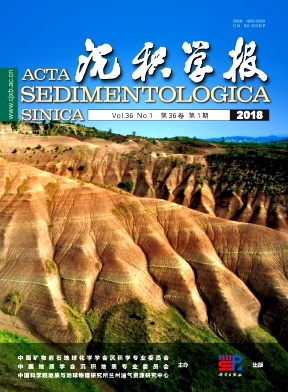Deep Reservoir Pore Evolution Model of a Geological Process from Burial Compaction to Lateral Extrusion
doi: 10.3969/j.issn.1000-0550.2018.019
- Received Date: 2016-03-24
- Rev Recd Date: 2017-03-20
- Publish Date: 2018-02-10
-
Key words:
- deep reservoir /
- burial compaction /
- lateral extrusion /
- reservoir pore evolution /
- diagenetic physical modeling /
- reservoir prediction model
Abstract: Early shallow burial for a long time, the late quickly buried deep and lateral extrusion in western foreland basin are common geological evolution process in China. Affected by such geological evolution process, a high-quality reservoir can be formed in deep horizon. Clearing this kind of reservoir parameters such as porosity, pore diameter and throat diameter of evolution characteristics and quantitative evaluation, it has great significance for oil and gas exploration. Based on analysis of diagenetic physical modeling experiment, combined with the actual geological research, the evolution of deep-reservoir porosity in a foreland basin can be divided into four stages:1) long-term, shallow burial; 2) a transition from shallow burial to rapid, deep burial; 3) early, rapid, deep burial; and 4) late, rapid, deep burial. Of these, the third stage is crucial to the improvement of deep-reservoir porosity and permeability, and thus to the formation of favorable reservoirs. The two kinds of transformation mechanism are tectonic lateral extrusion and particles broken crack. Deep reservoir porosity prediction model has been established. Reservoir pores and pore throats show a significant increase at a burial depth of 7 000-8 000 m.
| Citation: | GAO ZhiYong, MA JianYing, CUI JingGang, FENG JiaRui, ZHOU ChuanMin, WU Hao. Deep Reservoir Pore Evolution Model of a Geological Process from Burial Compaction to Lateral Extrusion[J]. Acta Sedimentologica Sinica, 2018, 36(1): 176-187. doi: 10.3969/j.issn.1000-0550.2018.019 |






 DownLoad:
DownLoad: